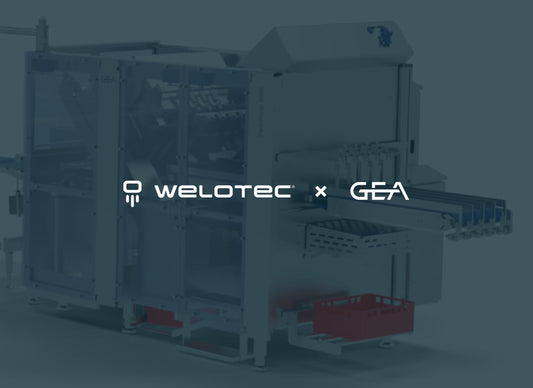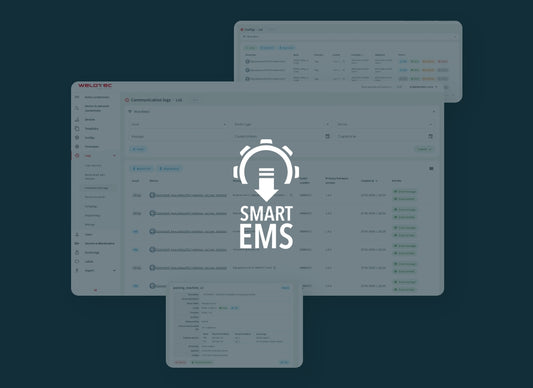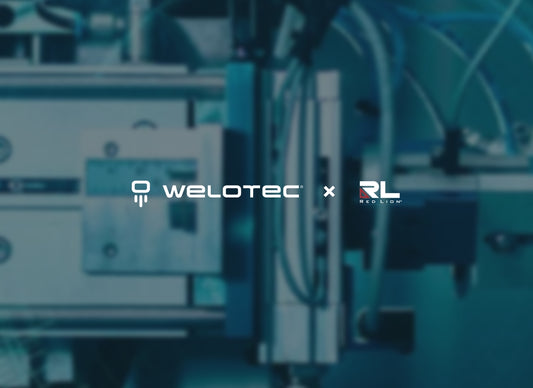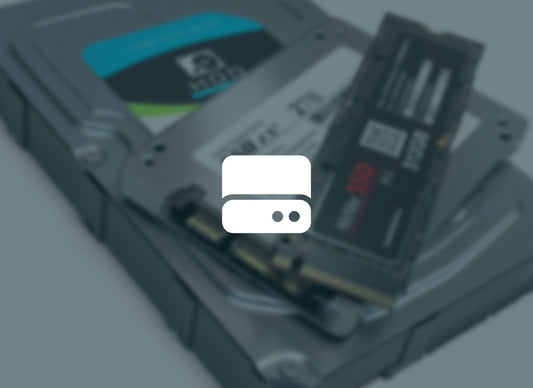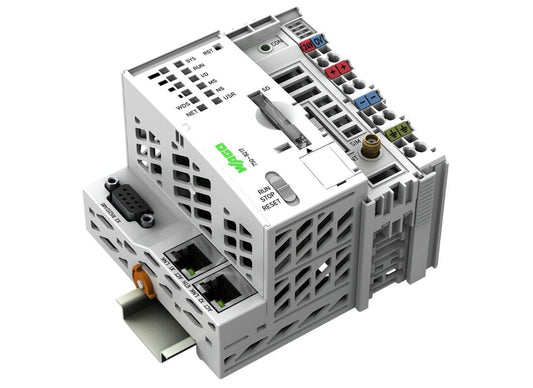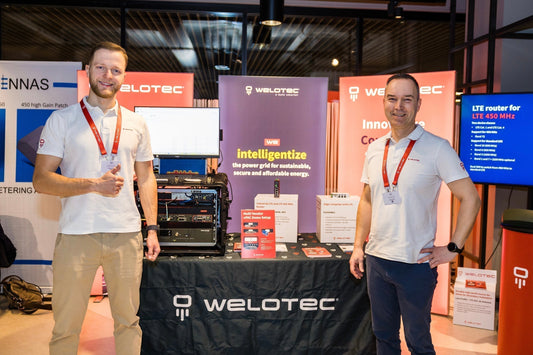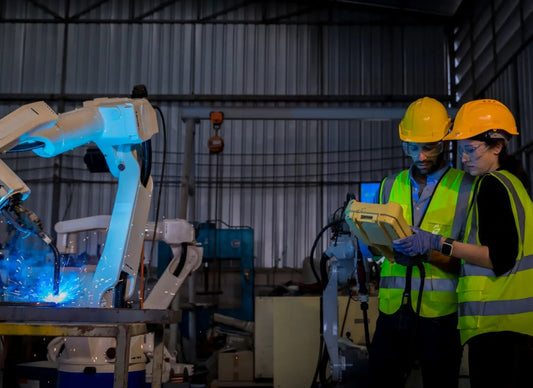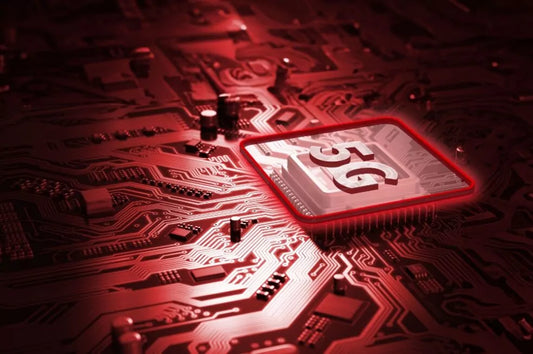This week, I had the privilege of attending the Embedded World Exhibition & Conference, an event that never fails to amaze with its cutting-edge technology and innovative insights. Once again, it was evident that Artificial Intelligence (AI) remains the ultimate hype topic, especially in the realm of Edge computing. The advancements and applications of AI at the Edge showcased at the conference were nothing short of spectacular.
NVIDIA's Dominance with Jetson Orin GPUs
NVIDIA made a significant impact with its Jetson Orin GPUs, which were prominently featured by many hardware manufacturers. These GPUs are designed to deliver powerful AI capabilities at the Edge, enabling complex computations and real-time processing. The versatility and performance of Jetson Orin have made it a favorite among developers and engineers looking to harness the power of AI in their Edge applications.
Hailo's Strong Presence
Hailo also made waves with its Edge AI processors and accelerators. Here at Welotec, we are already utilizing Hailo’s technology in our Edge solutions, and it was exciting to see their continued innovation and growth. Hailo’s processors are designed to deliver high-performance AI capabilities while maintaining efficiency, making them ideal for various Edge applications.
AMD and Intel's AI Focus
The major CPU manufacturers, AMD and Intel Corporation, also had a significant focus on AI at the Edge. Both companies showcased their latest advancements in AI hardware, emphasizing their commitment to pushing the boundaries of what is possible with Edge AI. Their contributions are vital as they provide the backbone for many AI applications, ensuring robust and reliable performance.

AI in Video Processing: The Leading Application
It’s interesting to note that the primary application of AI at the Edge currently lies in video processing. From real-time surveillance to advanced video analytics, the use of dedicated GPUs for AI applications in video processing is leading the way. However, there is still a gap in effectively utilizing AI, with many customers and hardware manufacturers lacking the necessary knowledge and skills. The expectations for real-life implications of AI often remain vague and undefined.
The Automotive Sector: A Step Ahead
In the realm of Edge AI, the automotive sector appears to be a step ahead of other industries, such as machinery. Automotive applications, including autonomous driving and advanced driver-assistance systems (ADAS), have pushed the boundaries of what AI can achieve at the Edge. The sector’s focus on safety, precision, and real-time processing has driven significant advancements, setting a benchmark for other industries to follow.
The Need for a Clear Strategy and Focus
To truly harness the potential of AI productively, a clear strategy and a focus on specific use cases are essential. Partnerships between hardware and software providers can play a crucial role in achieving this. These collaborations can bridge the gap between innovative AI capabilities and practical, real-world applications. Without a clear strategy, AI often risks being reduced to just another buzzword.
What are your thoughts on the subject? Have you had any experiences with AI at the Edge? I would love to hear your insights and experiences. And to all the software providers and system integrators in the Edge AI space - if you are still looking for a strong partner, feel free to reach out. Let’s collaborate and push the boundaries of what AI can achieve together.





